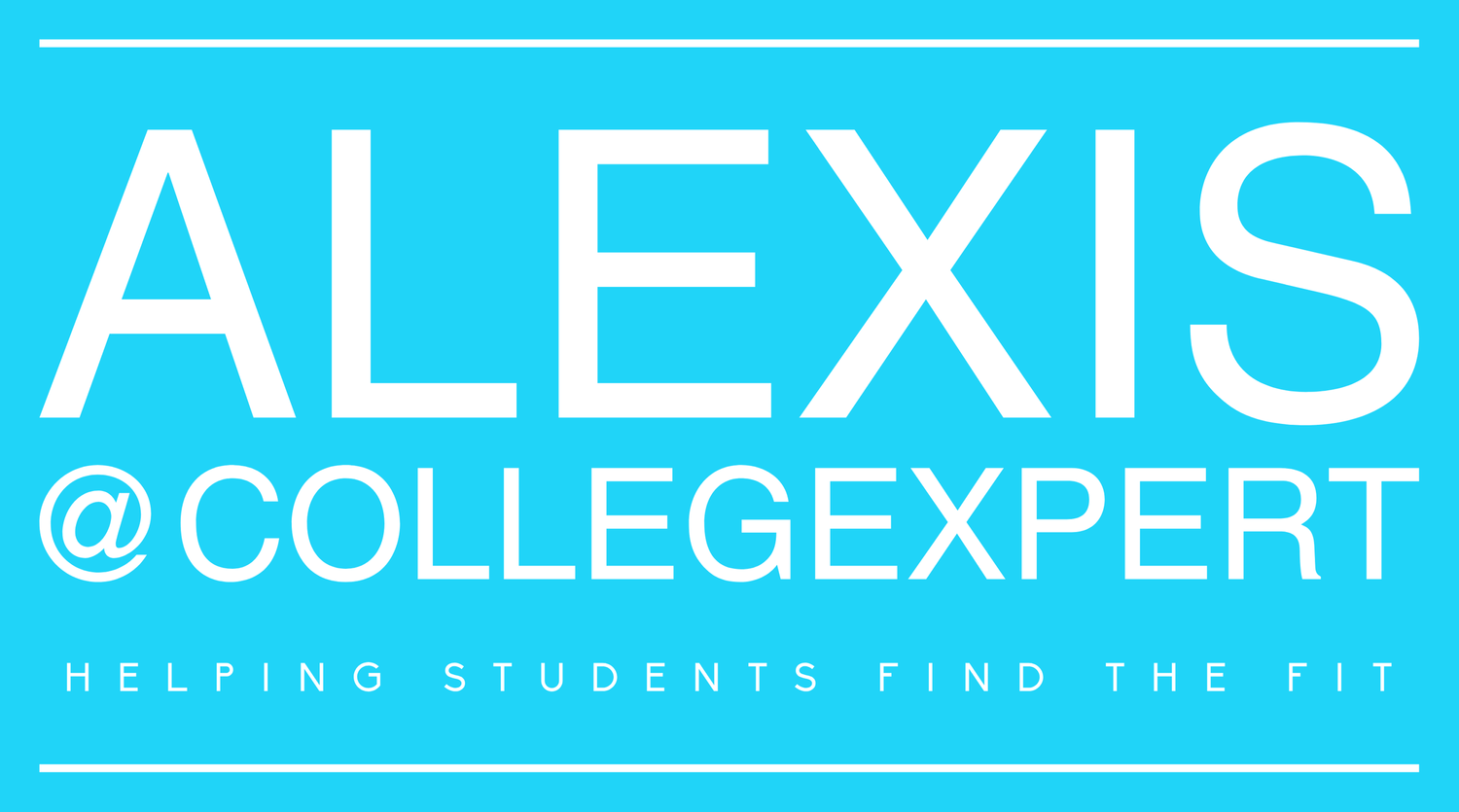What Is Restrictive Early Action?
Are you a high-achieving student who dreams of attending a prestigious university like Harvard or Stanford? If so, you may have come across the term 'Restrictive Early Action' in your college search.
But what exactly does it mean? Well, let's just say it's a unique opportunity that can give you a leg up in the highly competitive admissions process. With Restrictive Early Action, you can apply to your dream school early and potentially increase your chances of admission.
But there's a catch, and it's what makes this option intriguing. Want to know more? Read on, because we're about to uncover the secrets behind this admissions strategy.
Understanding Restrictive Early Action
Restrictive Early Action (REA) is a specialized admissions process that falls between Early Action and Early Decision, offering students the opportunity to demonstrate strong interest in a specific institution while still maintaining the flexibility to explore other options. With REA, students can apply to their single-choice EA institution in the early round, but they're restricted from applying to other private colleges or universities under early action, restrictive early action, early decision, or early notification plans. This means that while REA is non-binding, students must commit to only applying to their single-choice EA institution.
The purpose of REA is twofold: to allow students to showcase their enthusiasm for a particular college and to receive admissions decisions earlier in the application process. By applying through REA, students signal to the college that they're serious about attending and are willing to commit to the institution if accepted. This level of commitment can often work in the applicant's favor, as colleges value students who've shown a genuine interest in their school.
Moreover, applying through REA also has its benefits for students. It allows them to receive an admissions decision sooner, giving them more time to plan and make informed decisions about their college choices. Additionally, students who are accepted through REA have the advantage of being able to compare financial aid packages from different institutions before making their final decision.
Schools With REA Policies
Several prestigious universities, including Princeton, Harvard, Yale, Stanford, and the University of Notre Dame, have adopted Restrictive Early Action (REA) policies. These schools have implemented REA as a more restrictive admissions process, allowing students to apply to their single-choice EA institution in the early round, with exceptions. Some schools even refer to REA as single-choice early action and prohibit students from applying to other schools EA or ED. Each of these universities has its own specific restrictions and exceptions for REA.
By implementing REA policies, these schools aim to attract students who've a genuine interest in attending their institution. REA allows students to demonstrate their strong interest in a particular school while still providing the flexibility to consider other options. This approach offers several advantages for applicants. They can receive early admissions decisions, allowing them to compare offers and make more informed decisions. Additionally, applying through REA may potentially increase their chances of admission.
However, there are also disadvantages to REA. Students are limited in the number of early round applications they can submit, compared to regular decision. Additionally, while REA is non-binding, it may still create added pressure on students to make decisions without considering other offers. Furthermore, the advantage of applying through REA in the admissions process may be minimal compared to early decision, where students are committed to attending if accepted.
Princeton University's REA Policy
Princeton University's REA policy allows students to apply to a single-choice EA institution in the early round, with exceptions. This means that applicants can only submit an early application to Princeton University and can't apply to any other private schools under early application plans. However, there are certain exceptions to this policy. Public institutions, international institutions, and colleges/universities with nonbinding rolling admission are exempt from the single-choice restriction.
Princeton University's REA policy is nonbinding, which means that applicants aren't obligated to attend if they're accepted. By applying REA to Princeton University, students can demonstrate their strong interest and commitment to the institution. Additionally, applying early allows students to receive admissions decisions earlier in the process, which can alleviate some of the stress associated with the college application process.
It is important to note that Princeton University's REA policy does have its limitations. While it demonstrates interest, it doesn't offer the same level of commitment as early decision. Furthermore, the policy restricts the number of schools students can apply to in the early round.
When considering whether to apply REA to Princeton University, it's crucial for applicants to carefully weigh their personal preferences, goals, and priorities. Seeking guidance from counselors and mentors can be beneficial in making an informed decision.
Harvard University's REA Policy
Harvard University's REA policy, a nonbinding option with restrictions, prohibits students from applying to other private colleges or universities under early action, restrictive early action, or early decision plans. Here are some key facts about Harvard's REA policy:
Exceptions exist: While Harvard's REA policy restricts students from applying to other private colleges or universities under early action, restrictive early action, or early decision plans, there are exceptions. Students are allowed to apply to public universities, military academies, and non-binding programs at international universities.
Application deadline and decision timeline: The early application deadline for Harvard's REA is typically in November, and students receive their decisions around mid-December. This timeline allows early applicants to receive their admissions decisions earlier than regular decision applicants.
Time to make a decision: If accepted through Harvard's REA, students have until May 1st to make their final decision. This provides them with ample time to consider their options and weigh the pros and cons of attending Harvard or another institution.
Benefits of Harvard's REA: Harvard's REA policy allows students to focus on college preparation during their senior year, demonstrating genuine interest in the university. Additionally, applying through REA may increase their chances of acceptance, as it shows a strong commitment to Harvard.
Harvard's REA policy provides early applicants with an opportunity to demonstrate their interest in the university while still allowing them flexibility to consider other options.
Yale University's REA Policy
Yale University's REA policy allows students to apply to only one private institution early, with exceptions. Under this policy, students are prohibited from submitting simultaneous early action or early decision applications to other schools, with specific exceptions. If admitted through REA, students have until May 1st to make their decision, and the acceptance is non-binding.
It's important to note that students aren't allowed to apply to other private colleges or universities under any early action, restrictive early action, early decision, or early notification plans.
Yale's REA policy offers several advantages. Firstly, it allows students to demonstrate a strong interest and commitment to the institution. By applying early, students show their dedication and desire to attend Yale. Additionally, it provides an opportunity to receive admissions decisions earlier in the application process. This can alleviate some of the stress and uncertainty that comes with waiting for regular decision notifications.
Yale's REA policy aligns with the goal of restrictive early action, which is to allow students to express their interest in a particular school while still having the flexibility to consider other options. By applying to only one private institution early, with exceptions, students can prioritize their top choice school while keeping their options open for other colleges or universities.
Stanford University's REA Policy
Stanford University's REA policy is a nonbinding option that requires applicants to only apply to one private institution in the early round, with exceptions.
Here are some key points about Stanford University's REA policy:
Stanford's REA policy is a single-choice early action program, meaning applicants can only apply to one private institution in the early round, with exceptions. This distinguishes it from regular early action programs where applicants can apply to multiple schools.
Stanford's REA policy prohibits applicants from applying to other private colleges or universities under early action, restrictive early action, early decision, or early notification plans. This demonstrates a student's strong interest and commitment to Stanford University.
The purpose of Stanford's REA policy is to allow applicants to receive admissions decisions earlier in the application process, giving them more time to compare offers and financial aid packages from multiple schools and make informed decisions.
Although Stanford's REA policy is nonbinding, it still requires a level of commitment from applicants. By limiting their early application to Stanford, applicants show their genuine interest in the university.
Stanford University's REA policy offers a unique opportunity for applicants to demonstrate their interest in the university while maintaining the flexibility to consider other options. It allows students to receive early admissions decisions and compare offers, ultimately aiding them in making a well-informed decision about their future.
University of Notre Dame's REA Policy
Continuing our exploration of restrictive early action policies, let's now shift our focus to the University of Notre Dame's REA policy.
At Notre Dame, students are allowed to apply to other early action programs, but they're restricted from applying to any college or university in a binding early decision program.
The REA application deadline at Notre Dame typically falls in November, and decisions are received around mid-December.
One of the advantages of applying through Notre Dame's REA is that students have until May 1st to make their decision, as the acceptance is non-binding.
By applying to the University of Notre Dame with restrictive early action, students increase their chances of acceptance and have the opportunity to receive admissions decisions earlier.
Notre Dame's REA policy offers flexibility and an advantage in the admissions process, while still allowing students to consider other options.
This can be particularly beneficial for students who have a strong interest in Notre Dame but also want to explore other potential college choices.
Restrictive Early Action (REA)
Restrictive Early Action (REA) is a unique admissions option that allows high school students to show their strong interest in a particular college while still keeping their options open to apply to other institutions.
Unlike Early Decision, REA isn't binding, providing students with more flexibility in their college application process.
Understanding the various REA policies of different schools, such as Princeton, Harvard, Yale, Stanford, and the University of Notre Dame, can help students make informed decisions about their application strategies.
Are you trying to get into your dream college but feeling a bit lost? Don't worry, I’m here to help you make it happen! Let's work together to make your college dreams come true!
Enroll in my exclusive College Bound Online Course and unlock the insider secrets to make your dream college a reality.
Sign up now and pave your path to success! 🚀







